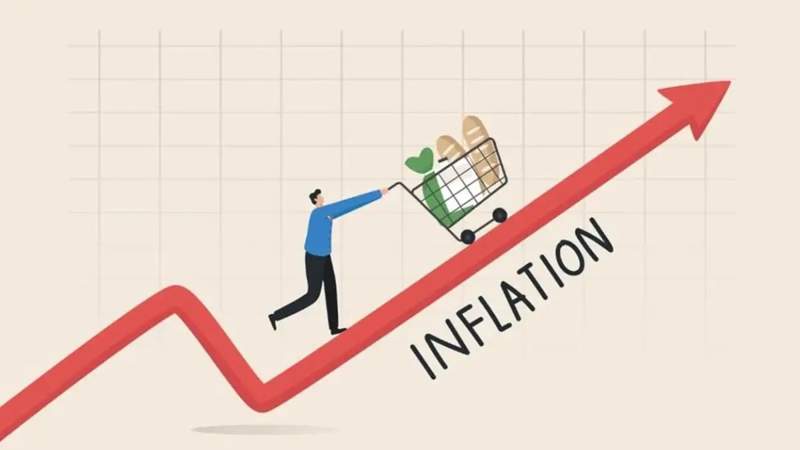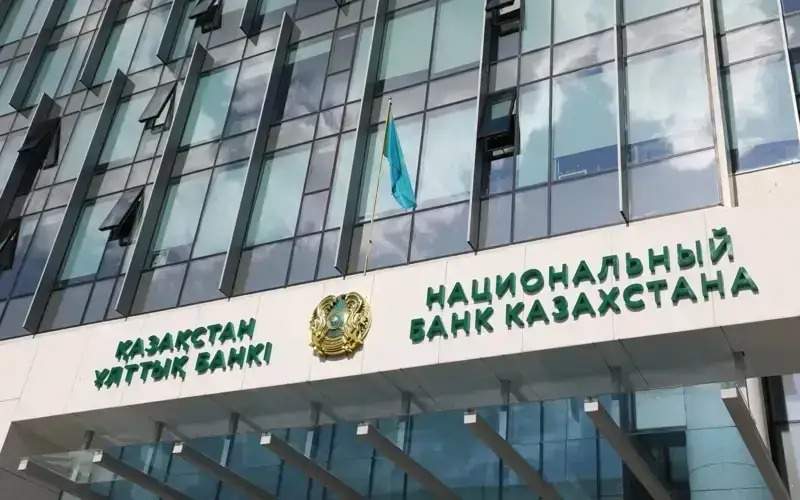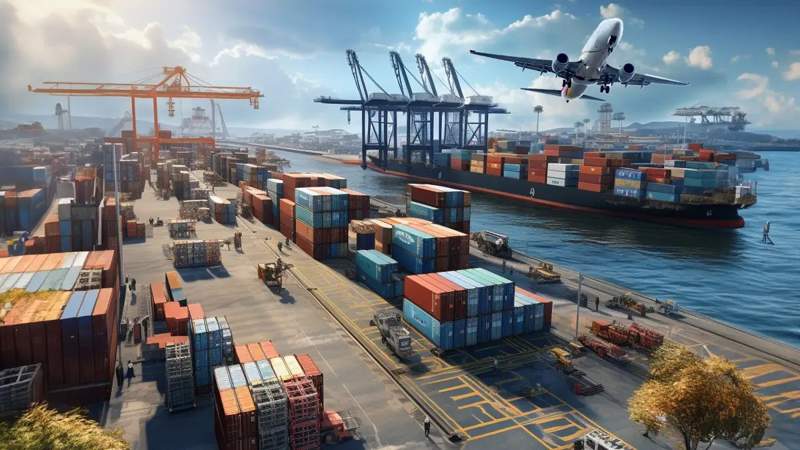Strong start to 2025 amid rising inflation – World Bank report
According to World Bank report, Kazakhstan’s economic activity shows strong growth in early 2025, but inflation risks persist, Kazinform News Agency correspondent reports.

Economic growth trends
Kazakhstan has started 2025 with positive momentum in both manufacturing and services. The composite Purchasing Managers’ Index (PMI) rose to 51.3 in February, up from 50.4 in January, signaling continued economic expansion.
· The manufacturing PMI climbed to 54.0.
· The services sector PMI rebounded to 50.6 in February, recovering from 49.7 in January.
Despite these positive trends, firms remain concerned about rising labor and input costs, which could pressure margins moving forward.
Economists expect the positive output gap to persist in 2025, peaking at 1–1.5 percentage points before gradually narrowing. This continued excess demand is likely to keep inflationary pressures elevated.
Inflation accelerates as price pressures mount

After a period of moderation, inflation in Kazakhstan has started to rise again. In February, annual inflation reached 9.4%, up from 8.6% in December 2024.
· Food prices climbed to 6.5% (from 5.5% in December).
· Prices of non-food goods to 8.7% (from 8.3%).
· Services inflation accelerated to 14.1% (from 13.3%).
The surge in prices is driven by both demand- and supply-side factors.
“Excess demand was exacerbated by pro-cyclical expansionary fiscal policy and rapid credit growth, including state-backed subsidized lending. On the supply side, inflation is being pushed higher by steep hikes in regulated utility prices (16.3% in February) and rising import costs (6.5% in February) owing to past currency depreciation. Producer prices went to 6.5% y-o-y in December from 7.2% contraction a year ago,” says the report.
The authorities' announcement of a potential VAT hike, possibly pushing inflation to double digits by end-2025, may have raised inflation expectations (13.7% in February). With these expectations still unstable, restoring confidence and reaching the 5% target will be a major challenge.
Monetary policy tightening and credit market trends

The National Bank of Kazakhstan continues to tighten its monetary policy. In March, the central bank raised its key interest rate to 16.5%, pushing the real policy rate to nearly 7.5%.
Despite higher borrowing costs, lending activity remains strong. In January, total bank lending, adjusted for inflation, increased by 10.4% year-on-year.
· Consumer loans grew by 13.2%, accounting for 77% of overall credit expansion.
· Corporate lending also showed signs of recovery, rising by 6%.
Foreign trade

In January 2025, Kazakhstan’s trade balance shrank by 25% year-on-year but remained positive at $1.6 billion.
Nominal goods exports declined by 13.4%, primarily due to a 13.7% drop in crude oil shipments and an 11.9% decrease in oil prices. At the same time, imports fell by 5%, with machinery and equipment purchases—accounting for 52.1% of total imports—dropping by 10.5%.
Kazakhstan’s external trade relationships continue to evolve. The European Union’s share of the country’s exports increased to 46.7% in 2024, up from 40% in 2021. Imports from the EU also grew, rising from 14.4% to 17.8%.
China has strengthened its position as a key trade partner. The share of Kazakhstan’s exports to China increased from 16.2% in 2021 to 18.3% in 2024, while imports from China rose from 20% to 25%.
Meanwhile, imports from Russia saw a sharp decline, dropping from 42.5% in 2021 to 30.5% in 2024. Despite this decrease, trade with Russia remains significant, particularly in food and machinery imports.
Earlier, Kazinform News Agency reported that the price of gold reached a new record.
